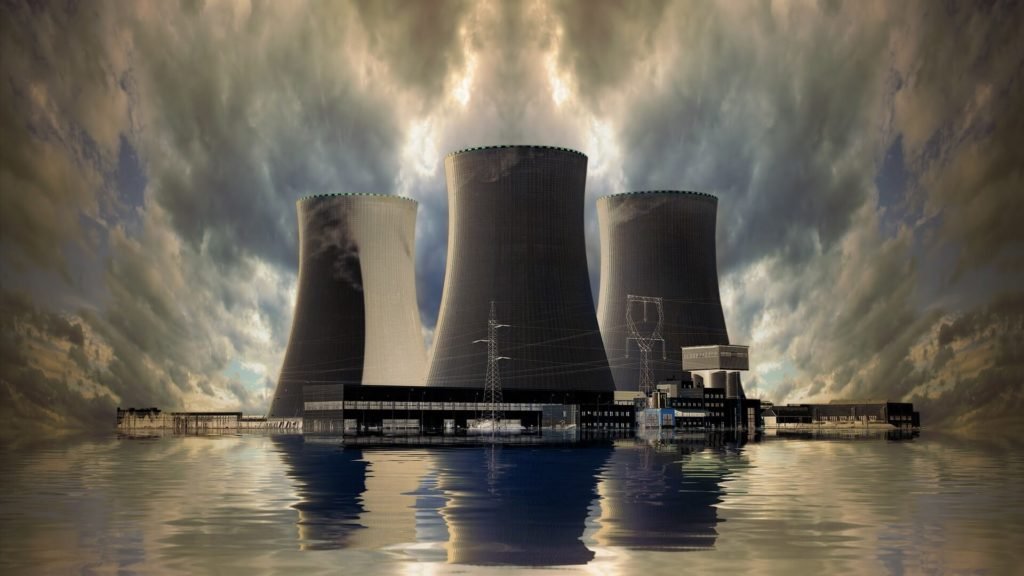The oil and gas industry is undergoing a digital transformation. As global energy demands continue to grow, companies are turning to innovative technologies to optimize operations. Digitization offers a way to enhance efficiency, reduce costs, and improve safety standards. The industry’s move toward digitalization is not just a trend but a fundamental shift that is set to shape its future for years to come.
Digital tools are now transforming the way companies explore, extract, and produce oil and gas. The traditional methods, which often involved a great deal of manual labor, are being replaced by automated systems and sophisticated software. Data analytics, artificial intelligence (AI), machine learning (ML), and cloud computing are playing major roles in this transformation. These technologies allow companies to gather and process vast amounts of data in real-time, enabling more informed decisions and better control over operations.
One of the most significant impacts of digitization is on exploration and production (E&P). Advanced sensors and Internet of Things (IoT) devices are being used to monitor the conditions of oil fields, wells, and pipelines. This continuous monitoring leads to improved efficiency and reduced downtime. Predictive maintenance, powered by AI and ML, is helping companies forecast when equipment will fail before it actually happens, minimizing costly repairs and improving asset lifespan.

Moreover, data analytics is helping identify new reserves and optimize extraction techniques. Instead of relying on traditional methods, companies now use machine learning algorithms to predict where oil is likely to be found and determine the best drilling methods. This increases success rates and reduces the environmental impact of exploration. Advanced simulations and modeling techniques further allow operators to optimize field development plans, which ultimately leads to cost reductions.
The shift to digital technology also enhances safety and risk management. In high-risk environments like oil rigs, offshore platforms, and refineries, real-time monitoring systems are crucial. These systems can detect leaks, pressure changes, or other hazards almost instantaneously. Drones and robots equipped with sensors are now conducting inspections that would have traditionally required human intervention, reducing the exposure of workers to dangerous environments.
Digitization is also improving the industry’s sustainability efforts. Optimizing energy usage and reducing waste are key goals, as environmental concerns continue to grow. Digital technologies allow for more efficient resource management. For instance, smart grids and energy management systems enable better tracking and control of energy consumption, reducing the carbon footprint of operations. Furthermore, companies are increasingly using data to improve their environmental reporting, ensuring compliance with stricter regulations and increasing transparency.
Despite the promise, the path to digital transformation is not without challenges. Many oil and gas companies operate with legacy systems that can be difficult and expensive to update. In some cases, older technologies are deeply embedded in day-to-day operations, making it hard to switch to digital solutions. Overcoming these technical barriers requires careful planning and significant investment. Companies must ensure their infrastructure can support digital tools and that they have the bandwidth to handle large volumes of data.
Staff training is another critical hurdle. For a smooth transition, employees need to be educated on how to use new digital tools. This can include anything from basic data interpretation to operating complex AI-driven platforms. Many companies are investing heavily in upskilling their workforce to ensure that they have the talent necessary to drive digitization forward.
Cybersecurity is a growing concern as well. As companies increasingly rely on digital tools and connect more devices to the internet, the risk of cyberattacks rises. Ensuring the protection of sensitive data, intellectual property, and operational systems is paramount. Companies must implement robust cybersecurity measures and create an ongoing culture of security awareness to safeguard against potential breaches.
The digital sweepstakes in the oil and gas industry is intensifying. Those who can successfully integrate digital tools into their operations will gain a significant competitive advantage. Digitization offers the ability to streamline processes, reduce operational costs, and enhance decision-making capabilities. However, it is not enough to simply adopt these technologies; companies must continuously innovate and adapt to keep pace with technological advancements. The industry must embrace a mindset of continuous improvement to harness the full potential of digital transformation.
As more companies in the sector make the leap toward digitization, the landscape is rapidly changing. Those who are slow to adopt may find themselves falling behind, while companies that embrace digital transformation will set the stage for a future of increased efficiency, safety, and sustainability. With the right strategies, the oil and gas industry can navigate the digital revolution successfully, ensuring long-term growth and competitiveness in an ever-evolving global market.
In conclusion, the digitization sweepstakes in the oil and gas industry is a race to improve performance and gain a strategic advantage. The winners will be those who embrace the future of digital technologies, from data analytics and AI to automation and cybersecurity. This digital revolution is not just about keeping up with the competition; it’s about shaping the future of energy production and consumption.

